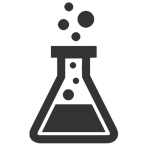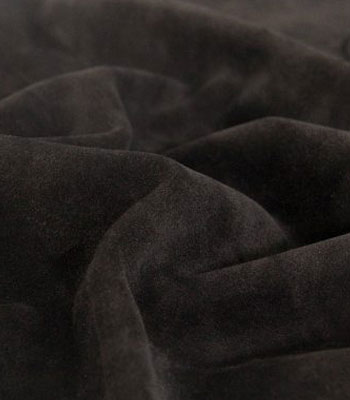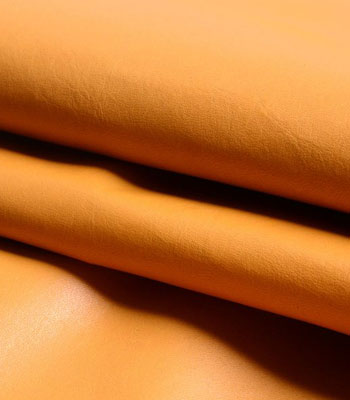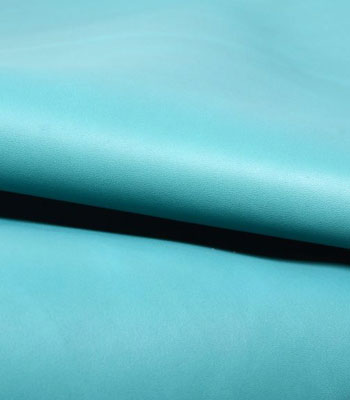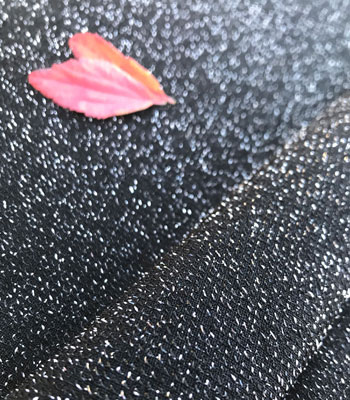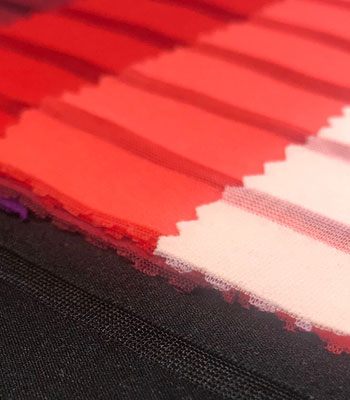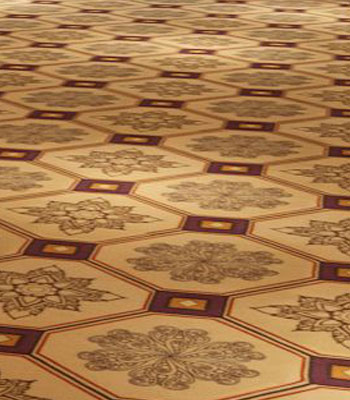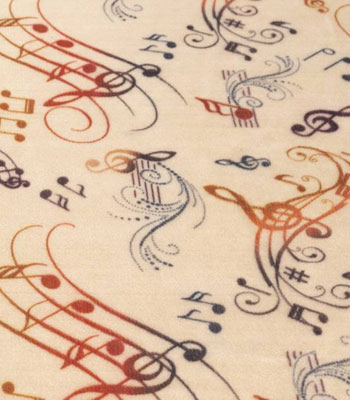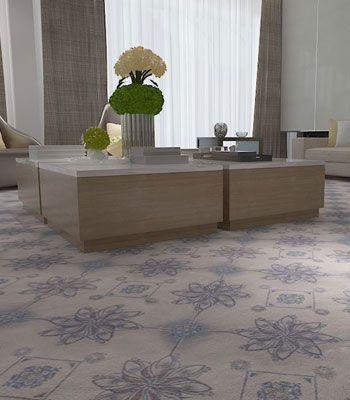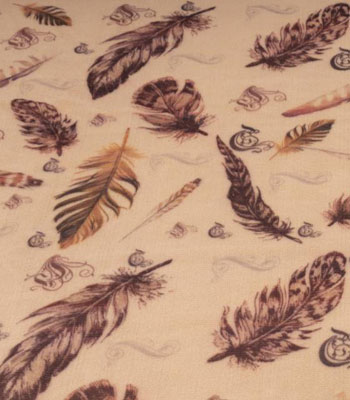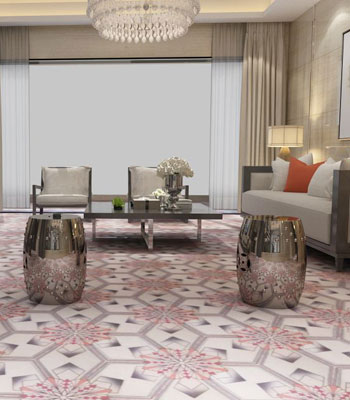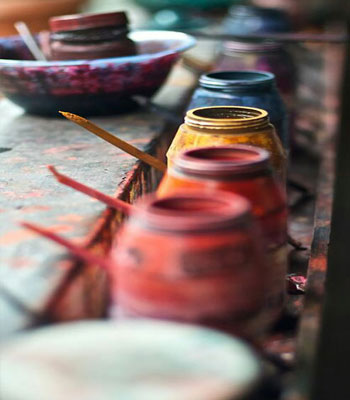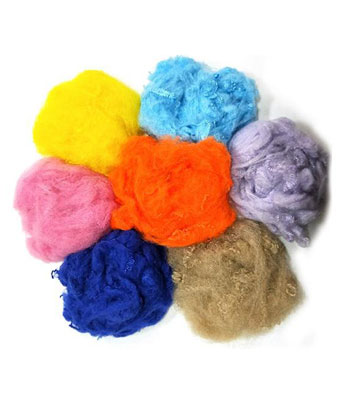leather Split Black
0,00 €Color: | Black |
| Consuming: | Men Shoes, Women Shoes |
Thickness: | 0.8 mm – 1.0 mm, 1.2 mm – 1.4 mm |
| Sort: | A, B, C |
CATEGORY: | COWHIDE |
leather-Antik Honey
0,00 €Color: | Honey |
| Consuming: | Men Shoes |
Thickness: | 1.2 mm – 1.4 mm, 1.4 mm – 1.6 mm |
| Sort: | A , B , C |
CATEGORIES: | COWHIDE, ANTIK |
leather-Antik Navy Blue
0,00 €Color: | Navy Blue |
| Consuming: | Bags and Shoes |
Thickness: | 1.2 mm – 1.4 mm, 1.4 mm – 1.6 mm |
| Sort: | A , B , C |
CATEGORIES: | COWHIDE, ANTIK |
LM 1210 Polyester Fabric
0,00 €PRODUCT NAME : LM 1210
PRODUCT TYPE : Polyester Fabric
COMPOSITION : Polyester + spandex + Metallic yarn
TECHNIC : Circular Knitted
WIDTH : 150 ± 3% cm
WEIGHT : 165 gr/ m²
USAGE : Women wears – Apparel – Other
LTC 29 Polyester Fabric
0,00 €PRODUCT NAME : LTC 29
PRODUCT TYPE : Polyester Fabric
COMPOSITION : Polyester + spandex
TECHNIC : Circular Knitted
WIDTH : 150 ± 3% cm
WEIGHT : 155 gr/ m²
USAGE : Women wears – Garment – Under wears – Apparel – Other
Pigment dyes
0,00 €Pigment dyes do not have any tendency of absorption or permeation in fabrics for this reason with the help of a special glue called binder they will be attached to the fabrics. With attention to the fact that dyes attach to the fabrics; after the process of dying, there is no need to wash the fabric and makes this method so cost-effective. Other characteristic to be mentioned: Printing of pigment usually is done on low-price fabrics. Their rubbing fastness is very high. Working with these dyes does not require any extra effort.
Polyester fibers
0,00 €These synthetic fibers are produced from the polymerization of the viscosity of dimethyl terephthalate or Terephthalic acid and Ethylene glycol in the procedure which is named melt spinning. Polyester fibers are found in the market with other commercial names such as Dacron and Terylene. These fibers are used in making carpets, floor coverings, and sleeping products like pillows, quilts, mattresses, and dulls. Also Polyester fibers are mainly used in garments, clothes, different types of textiles. Their resistance against constant, heavy movements and their water resistance make them count as a perfect fiber to use as an ideal fiber in wet and humid environments.

